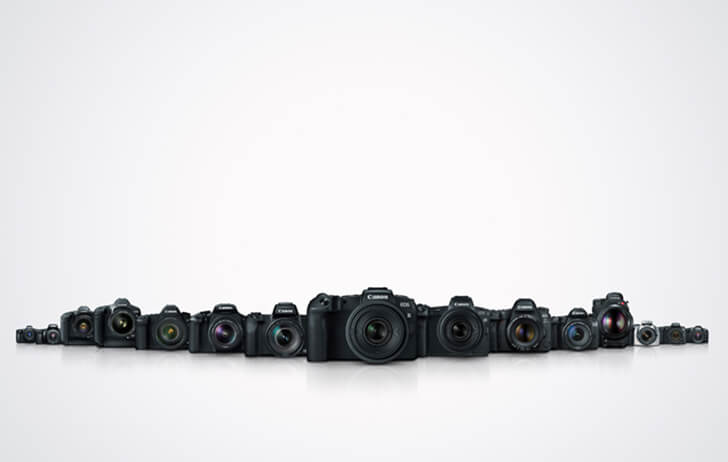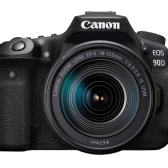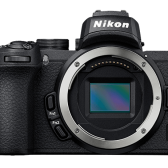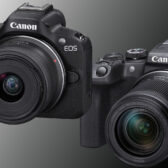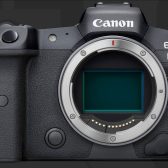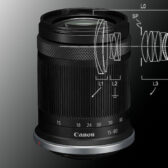|
When you purchase through links on our site, we may earn an affiliate commission. Here's how it works. |
MELVILLE, NY, October 9, 2019 – Canon U.S.A., Inc., a leader in digital imaging solutions, today announced that its parent company, Canon Inc., celebrated a camera-manufacturing milestone – the production of the Company’s EOS-series silver halide (film) cameras combined with the digital interchangeable-lens cameras surpassing 100 million units* as of September 20, 2019. An EOS R mirrorless camera (released in October 2018) was the 100 millionth EOS-series camera produced, which is a true testament to Canon’s continued dedication to innovation and evolution of the EOS series with its first full-frame mirrorless camera.
Boasting an attractive product lineup that caters to a variety of user needs and an extensive series of EF lenses, Canon strives to expand the boundaries of imaging expression. The EOS series has supported many users over its long history and enabled Canon to maintain the Number One share of the global interchangeable-lens digital camera market for 16 consecutive years from 2003 to 2018**.
Here is a timeline of Canon’s EOS series history:
- The EOS 650 was released in March 1987, a next-generation AF single-lens reflex (SLR) camera featuring the world’s first fully, electronic lens mount. Production of the EOS series began in what was then Canon’s Fukushima plant and now takes place at a variety of locations—including Taiwan, Miyazaki, Nagasaki and Oita Canon—where production is under high-product quality management.
- Following the release of the EOS 650, Canon continued to introduce products featuring innovative technology that possess speed and comfort—such as the high-end EOS-1 released in 1989 and the EOS Rebel released in 1993 —expanding the EOS series to cater to users ranging from amateur to professional.
- As the pace of digital SLRs (DSLR) adoption picked up from the year 2000 onwards, Canon sought to create even more appealing products. The EOS series’ core concept expanded to include “high-image quality,” achieved through proprietary, cutting-edge technology as CMOS sensors and DIGIC image processors.
- In 2003, Canon released the EOS Rebel—a compact, lightweight DSLR with an affordable price—which contributed to the wider adoption of interchangeable-lens digital cameras.
- Through the EOS 5D series, which contributed to the use of interchangeable-lens cameras for video capture as well as the establishment of the Cinema EOS System of professional digital cinematography products in 2012, Canon extended its video technology to the business-to-business, video-production industry.
- Canon continued to explore new approaches with the EOS series with the 2018 launch of the EOS R System, which employs the new RF Mount.
Expanding from its beginnings in still photos to the realm of video, the EOS series has come to support a wide range of users, from entry-level to professional. Canon will continue to prioritize “speed, comfort and high-image quality” as the core concept of the EOS series, further strengthening and expanding the EOS System towards expanding the culture of photographic and video imaging.

